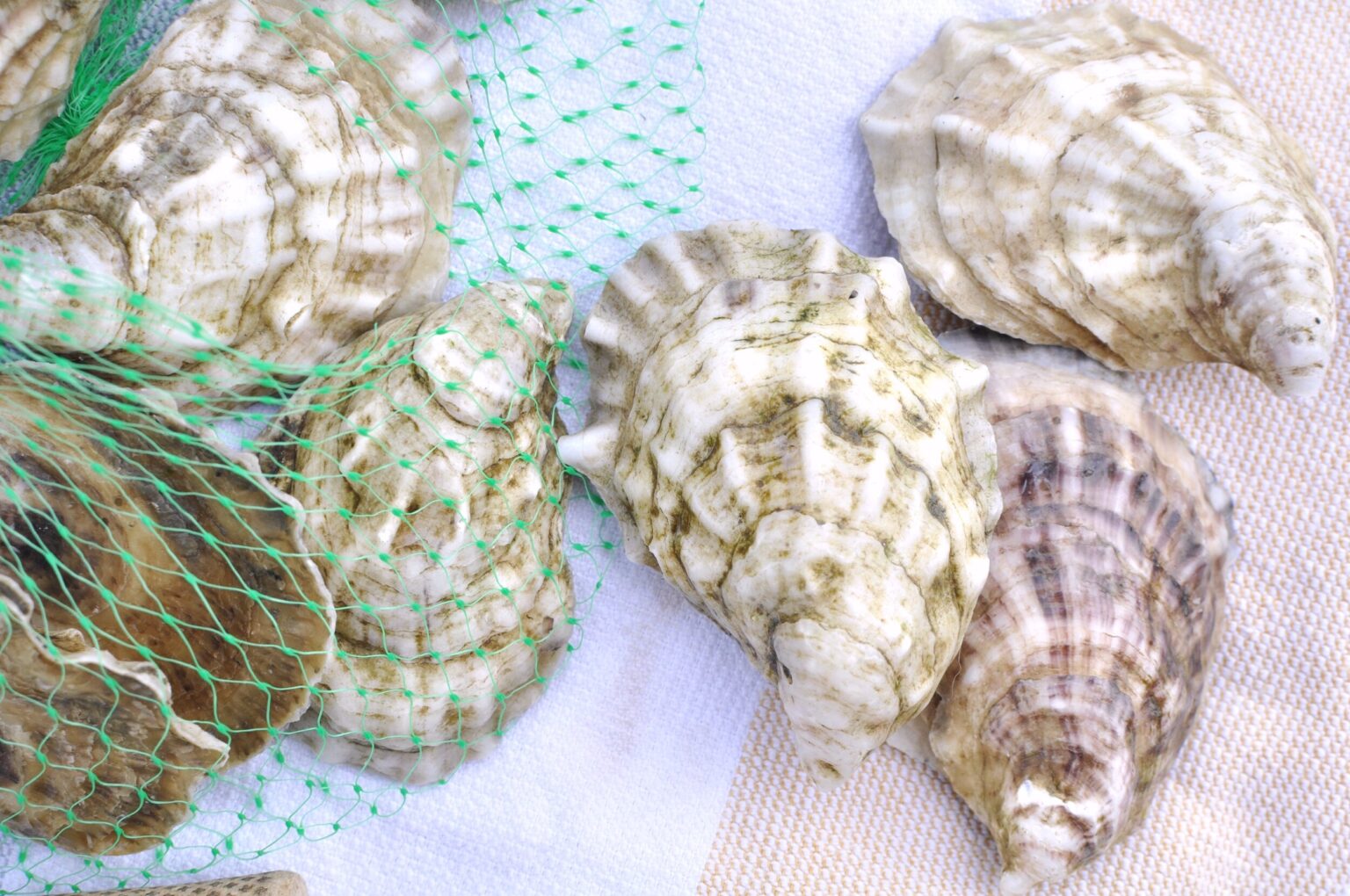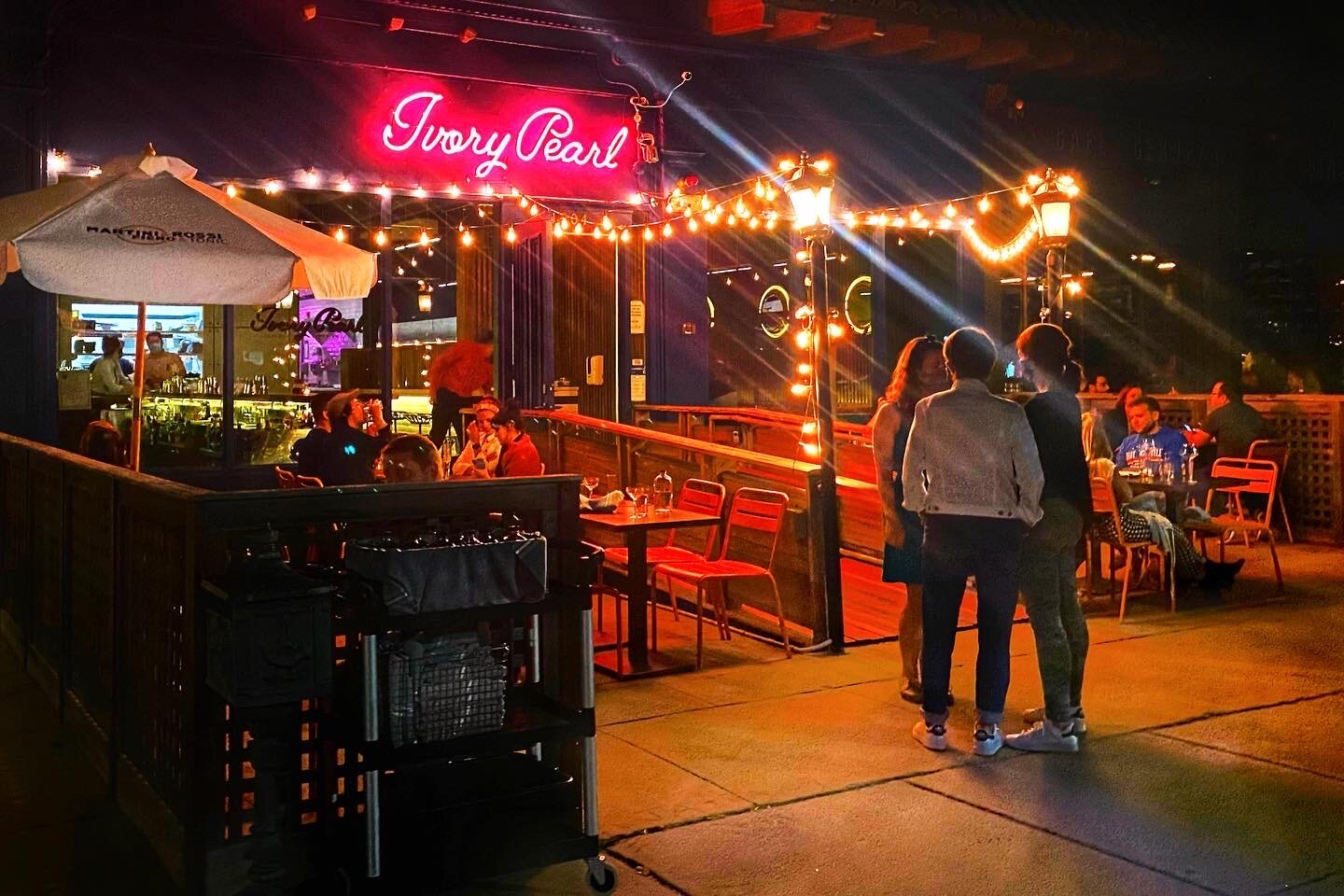What Does “Phenotype” Mean for an Oyster?

Do you know what the term, “Phenotype” means?
It’s used to describe an organism’s observable traits. Within a phenotype, some traits identified are genetic, while other traits are based on environmental factors and influences.
So what can you VISIBLY see in an oyster that distinguishes what’s genetic, and what’s environmental?
For a start, we can identify the difference in species as having different genetic traits. Think the ruffle-like edges of a pacific oyster, or the flat shape of the European Flat, or the concentric ridges of eastern oysters.
Aside from their varying species, what visible traits within a species are really passed down? Studies are still being done to learn more about this. It’s actually really hard to be sure.
Because environmental factors change oysters so much, farming techniques have the power to influence shell shape, size, meat-to-shell ratio, and even pigmentation based on placement and impact of various sediments/algae that give them signature colors.
Hatcheries are doing more of the “genetic” work, but less to do with visible traits and more to improve disease resistance and sterilization for less spawning (…arguably a visible trait as this can lead to meatier bodies).
This all brings me to consumer preference. There was a 2013 study done in South Korea on the oyster mantle (the fleshy tissue edges of the oyster body) and the actual colors of the shell. Apparently, Koreans were willing to pay more money for a pacific oyster with a dark mantle (like a thin black line around the body) and bright colorful hues in the shell. The study wanted to see if they could control these two traits in spat (oyster broodstock), irregardless of environmental factors. It turns out, there was some success in their study that genetics could actually contribute to these two characteristics, but so much more must be studied.
Nature versus nurture is still quite the mystery, nonetheless fascinating.
Oysters featured above are Bar Harbor Blondes, from Mount Desert Island near Acadia National Park, Maine. Oyster below is a Grouin Oyster from Ile de Re, France.




